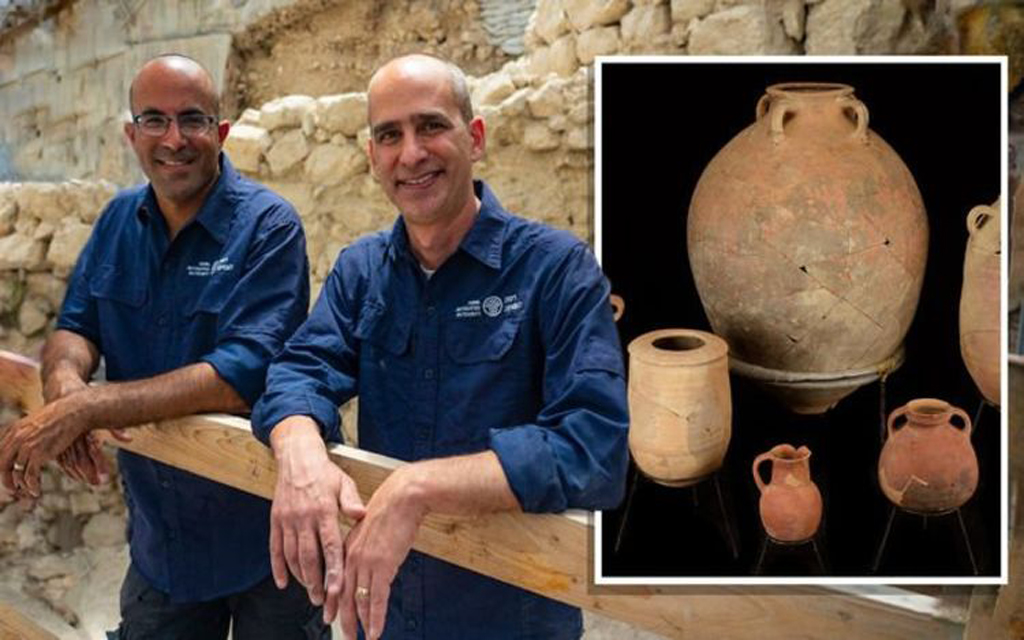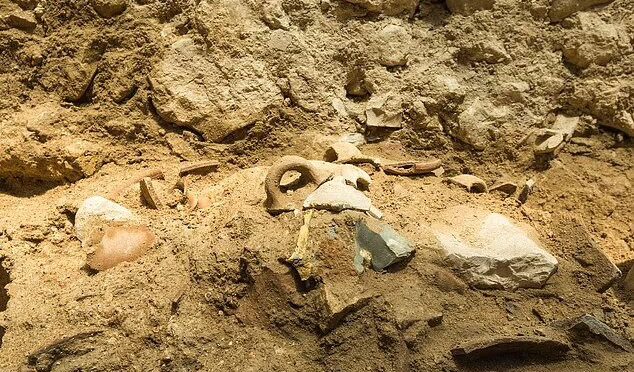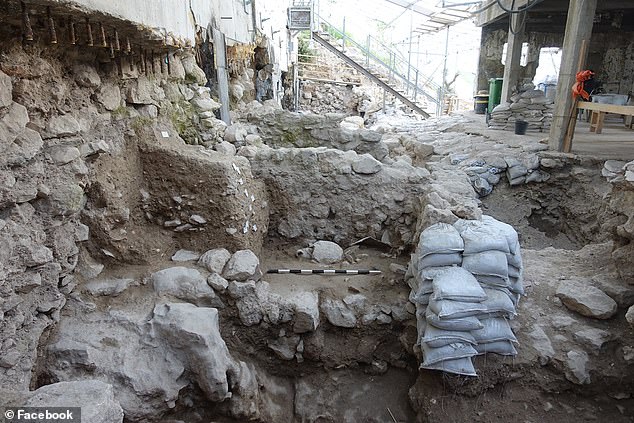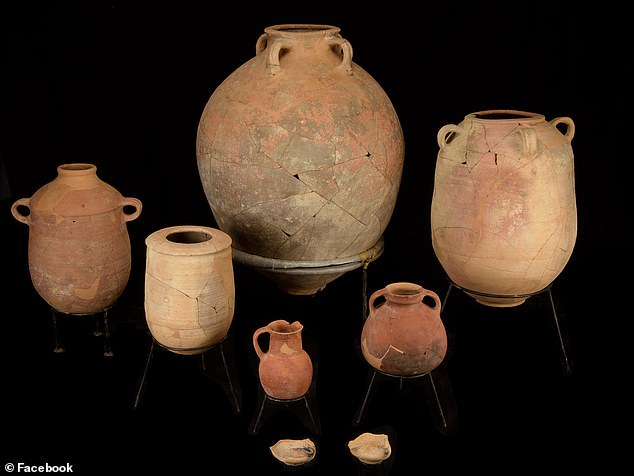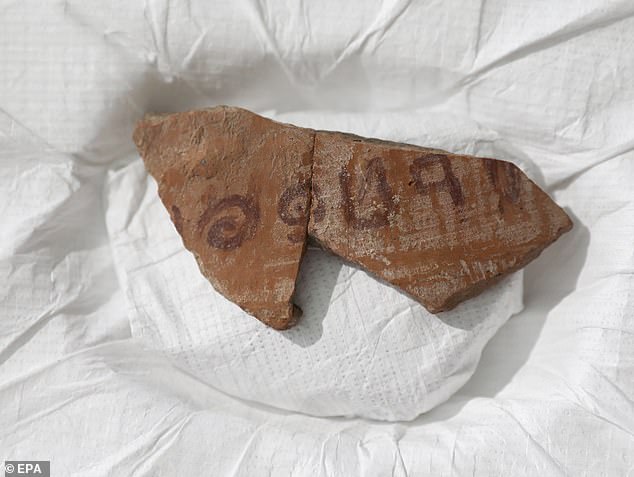The Old Testament books of Amos and Zechariah mention an earthquake that struck Jerusalem some 2,800 years ago, and archaeologists have now discovered the earliest evidence of the historical catastrophe.
During excavations at the City of David National Park, the Israel Antiquities Authority (IAA) discovered a layer of damage consisting of fallen walls, broken ceramics, and bits and pieces of other objects.
According to researchers, the catastrophe had to have been caused by an earthquake that struck Israel in the 8th century BC because there was no evidence of fire or an ancient conquest.
During excavations at the City of David National Park, the Israel Antiquities Authority (IAA) discovered a layer of damage consisting of fallen walls, broken ceramics, and bits and pieces of other objects.
Although archaeologists have discovered some evidence of the catastrophe in the surrounding areas, this is the first time researchers can verify it occurred in a major metropolis.
The words of Amos, a sheep grower from Tekoa, who prophesied concerning Israel in the reigns of Kings Uzziah of Judah and Jeroboam son of Joash of Israel, two years before the earthquake, are recorded in the book of Amos.
‘And the Valley of the Hills shall be stopped up, for the Valley of the Hills shall reach only to Azal; it shall be stopped up as it was stopped up as a result of the earthquake in the days of King Uzziah of Judah,’ reads another passage in Zechariah, recalling the event 200 years later to suggest how strong a collective memory it left.’
Archaeologists discovered pottery fragments, some of which were practically whole and could be reassembled, as well as miniature tables, according to The Jerusalem Post.
Experts believe that because the objects were located deep within the excavation site, individuals had to have constructed on top of the ruins after the earthquake, preserving signs of the event.
According to researchers, the catastrophe had to have been caused by an earthquake that struck Israel in the 8th century BC because there was no evidence of fire or an ancient conquest. Collapsed walls are depicted, wreaking havoc on the occasion.
Archaeologists discovered ceramic fragments, some of which were practically entire and could be reassembled, as well as miniature tables.
‘When we excavated the structure and uncovered an 8th century BCE layer of destruction, we were very surprised because we know that Jerusalem continued to exist in succession until the Babylonian destruction, which occurred about 200 years later,’ said IAA excavation directors Dr. Joe Uziel and Ortal Khalaf in a statement.
‘We wondered what may have caused the massive layer of devastation we discovered.
‘We looked over the excavation findings to see whether there was any mention of it in the Bible.’
‘Intriguingly, the earthquake recorded in the Bible’s books of Amos and Zechariah occurred at the same period as the fall of the structure we unearthed in the City of David.’
Last month, another ancient find was made in Israel: a ceramic piece recovered in Israel has the name of the biblical judge ‘Jerubbaal,’ which was inscribed on the object 3,100 years ago.
Last month, another ancient find was made in Israel: a ceramic piece recovered in Israel has the name of the biblical judge ‘Jerubbaal,’ which was inscribed on the object 3,100 years ago.
Jerubbaal was a military leader, judge, and prophet who is mentioned in the Hebrew bible. His story is told in the Book of Judges chapters 6–8.
The ceramic object, which experts believe was part of a miniature jug that contained priceless liquids, was uncovered in an archaeological dig near Kiryat Gat in Israel.
‘The name Yarubaal, which is engraved on the jug, may relate to historical Jerubbaal, also known as the judge Gideon ben (son of) Yoash, although we cannot be certain if he held the inscribed vase,’ the Israel Antiquities Authority said in a statement.

